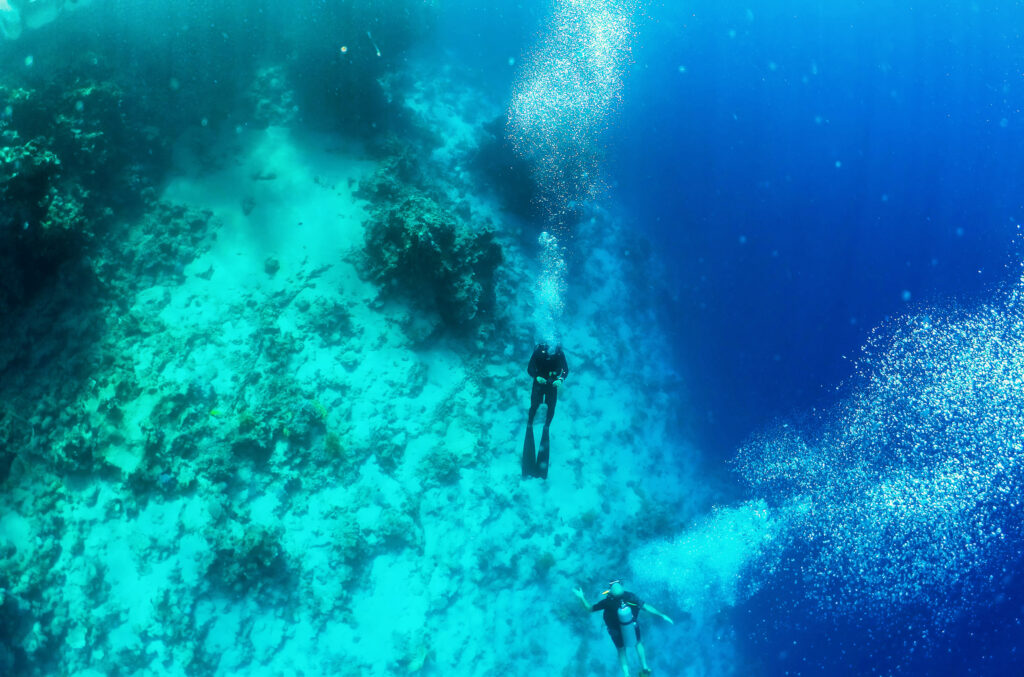What is Partial Pressure?

Partial pressure is a fundamental concept in physics and chemistry, particularly significant in the context of scuba diving. It refers to the pressure exerted by a single type of gas in a mixture of gases. Understanding partial pressure is crucial for divers as it influences how gases are absorbed, transported, and expelled in the human body under varying underwater conditions. This concept helps in comprehending how different gases behave under increased pressures encountered at depth and is essential for ensuring safety and preventing diving-related illnesses.
What is Closed Circuit Scuba?

Closed circuit scuba, commonly referred to as rebreather technology, represents a significant advancement in underwater breathing apparatuses. Unlike traditional open circuit scuba systems, which release exhaled gases into the water, closed circuit rebreathers recycle the diver’s exhaled breath. This recycling process involves scrubbing carbon dioxide from the exhaled air and adding the necessary amount of oxygen to make the gas breathable again. Closed circuit systems are renowned for their efficiency in gas usage, allowing divers to stay underwater for extended periods. These systems are particularly favored in scientific research, military operations, and technical diving, where extended bottom times and reduced gas consumption are crucial.
What is Carbon Dioxide (CO2)?

What is Carbon Dioxide (CO2)? Carbon dioxide (CO2) is an odorless, tasteless gas that is a natural byproduct of metabolism. This greenhouse gas plays a crucial role in the Earth’s atmosphere, and it is also an essential factor to consider for scuba divers. Exhaled by the lungs, CO2 is a critical aspect of scuba diving, […]
